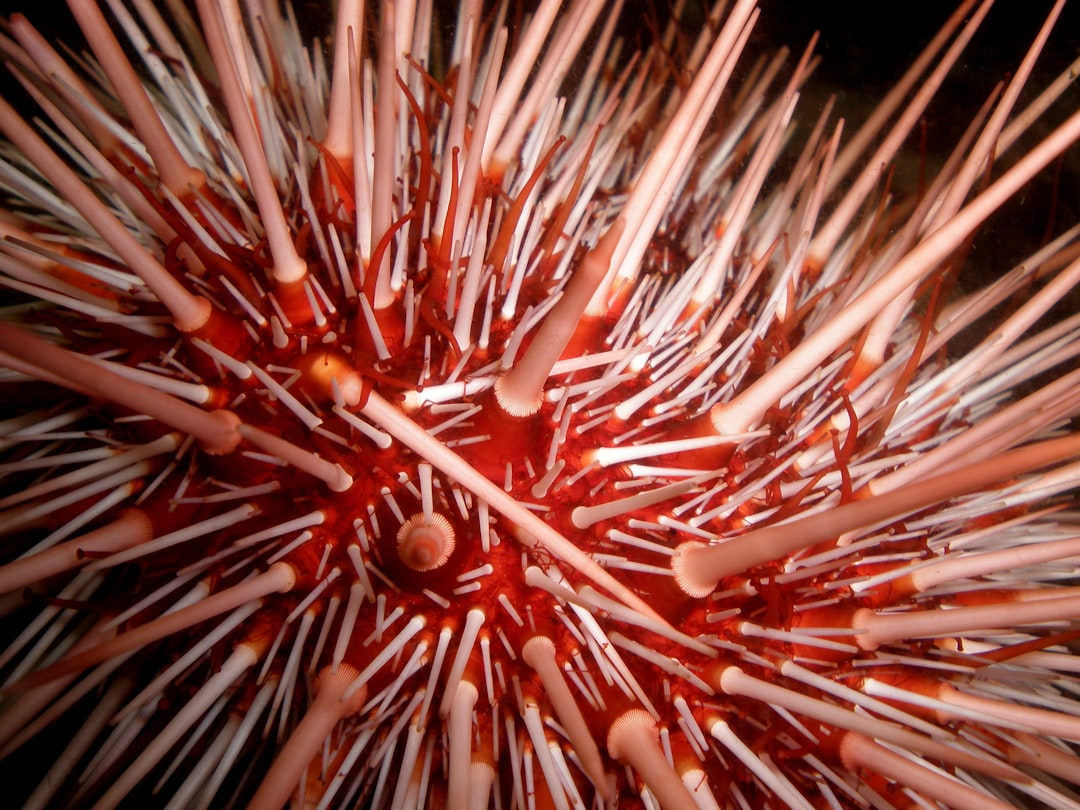What is it about?
Measles virus can cause a uniformly fatal form of progressive brain inflammation many years after recovery from the primary acute infection. This recrudescent measles virus spreads across multiple brain regions leading to subacute sclerosing panencephalitis (SSPE) or measles inclusion body encephalitis (MIBE). The F protein gene from SSPE/MIBE MeV strains often have mutations that allow the virus to spread efficiently from neuron to neuron. We do not have a full understanding of how these mutations develop, and what kind of advantage these mutations might confer on a virus which remains confined to the central nervous system. We screen a library of every possible point mutation in the MeV F gene to identify a comprehensive set of F mutants that can give rise to this fatal neuropathogenic phenotype.
Featured Image

Photo by CDC on Unsplash
Why is it important?
MeV isolates from such fatal CNS infections harbor fusion (F) protein mutations that result in the ability of MeV to infect and spread in cells that do not express the known canonical MeV receptors . This hyperfusogenic phenotype in receptor-negative cells is the hallmark of F proteins derived from neuropathogenic MeV strains. The small number of hyperfusogenic MeV-F mutants identified thus far limits our ability to understand how these mutations are selected in the context of CNS infections. We performed a saturating mutagenesis screen of MeV-F to identify a large set of mutants that would mimic the hyperfusogenic phenotype of MeV-F in CNS infection. Characterization of these mutants shed light on other paramyxoviruses known to establish chronic CNS infections.
Perspectives
This study was a technical tour de force by my former post-doc, Satoshi Ikegame. It was not only intellectually stimulating but also challenged one to reduce complex data into a comprehensible form.
Benhur Lee
Mount Sinai Health System
Read the Original
This page is a summary of: Fitness selection of hyperfusogenic measles virus F proteins associated with neuropathogenic phenotypes, Proceedings of the National Academy of Sciences, April 2021, Proceedings of the National Academy of Sciences,
DOI: 10.1073/pnas.2026027118.
You can read the full text:
Contributors
The following have contributed to this page










